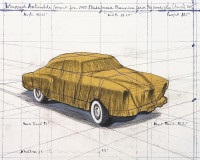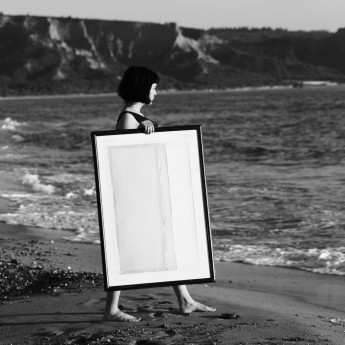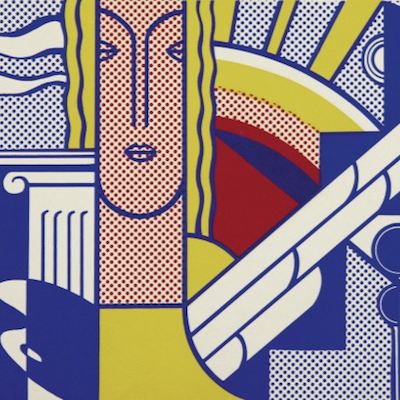
Details
Artist
Styles
Etching // Chaos I by Jean Tinguely, created in 1973, is an intricate etching that captures the essence of controlled disorder, characteristic of Tinguely’s fascination with mechanical and kinetic art. The artwork is a dynamic explosion of intersecting lines, circular shapes, and geometric forms that appear to be in perpetual motion. Tinguely uses fine, sketch-like lines to convey a sense of mechanical complexity, as if parts of a machine are disassembled and suspended in space. The composition draws the viewer's eye through its chaotic energy, symbolizing the artist’s commentary on industrialization, technology, and the unpredictable nature of mechanical systems.
Chaos I, 1973
form
Medium
Size
48 x 66 cm
- Inches
- Centimeters
Edition
Price
Details
Artist
Styles
Etching // Chaos I by Jean Tinguely, created in 1973, is an intricate etching that captures the essence of controlled disorder, characteristic of Tinguely’s fascination with mechanical and kinetic art. The artwork is a dynamic explosion of intersecting lines, circular shapes, and geometric forms that appear to be in perpetual motion. Tinguely uses fine, sketch-like lines to convey a sense of mechanical complexity, as if parts of a machine are disassembled and suspended in space. The composition draws the viewer's eye through its chaotic energy, symbolizing the artist’s commentary on industrialization, technology, and the unpredictable nature of mechanical systems.
- Recently Added
- Price (low-high )
- Price (high-low )
- Year (low-high )
- Year (high-low )
What is late modernism?
Late Modernism refers to the continuation and evolution of Modernist principles in art, architecture, and literature from the mid-20th century into the late 20th century. This movement maintains a focus on form, abstraction, and the rejection of traditional styles, but it often incorporates more complexity and ambiguity compared to early Modernism. Late Modernism explores themes such as alienation, identity, and the fragmentation of reality, reflecting the social and cultural shifts of the post-war period. It is seen in the works of architects like Louis Kahn and artists like Francis Bacon, who pushed the boundaries of Modernism while responding to the changing world around them.













